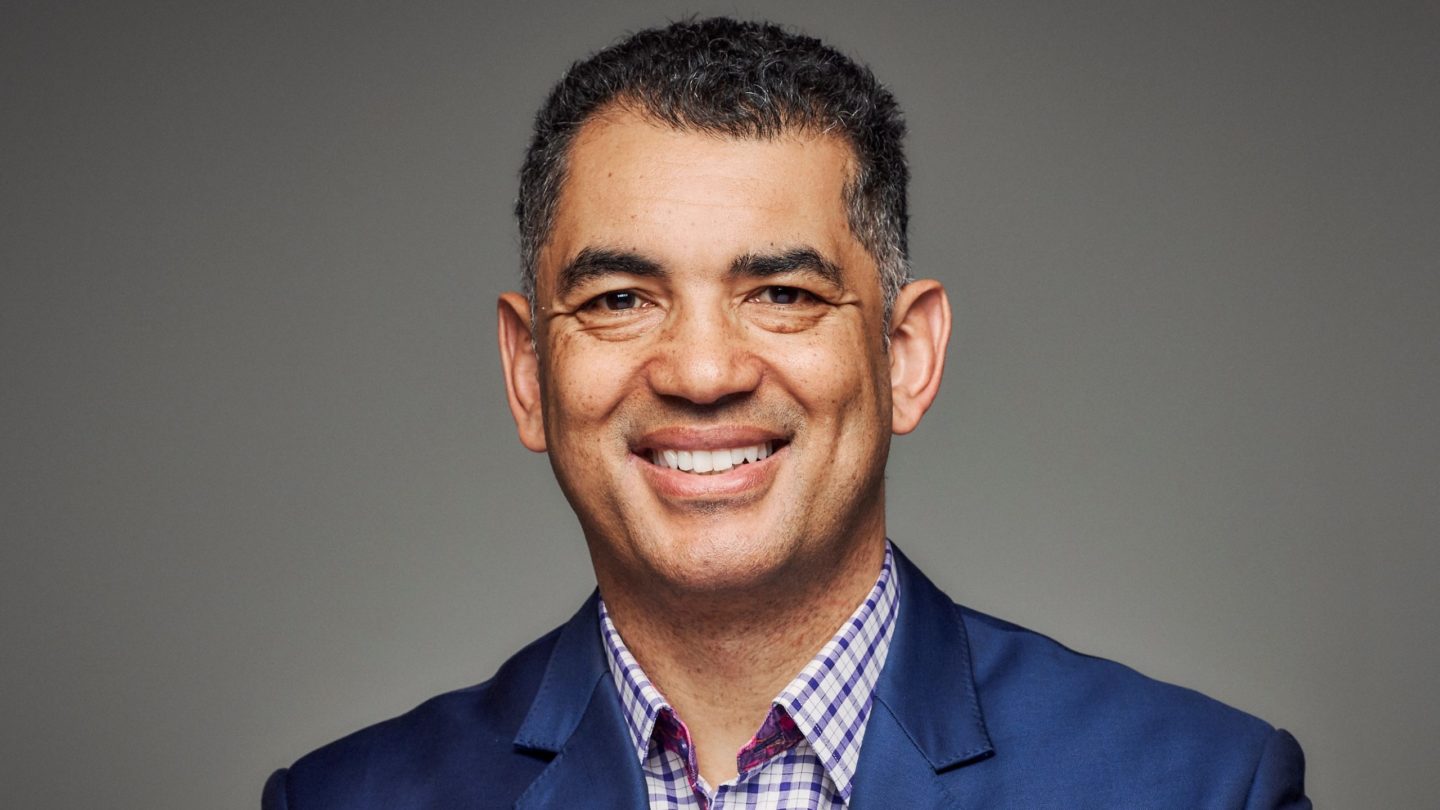The aim of this ‘miniseries’ of columns is to identify and weigh up the risks and opportunities of climate change for investors and their advisers and, in recent weeks, I have been speaking to asset managers about how they are factoring those considerations into portfolios.
I have found the approaches of the various investment houses do vary, with some employing firmwide frameworks to account for climate impacts and others requiring individual managers to incorporate the potential implications in the way that best aligns with their process.
One thing is clear across the board, though: asset managers acknowledge climate change is happening, the green transition is underway and doing nothing is not an option. As Alex Funk, CIO of Schroder Investment Solutions, tells me, based on the due-diligence his team conducts for its multi-manager strategies: “Whether or not they are badged ‘sustainable’, all fund managers are incorporating climate and other ESG risks in some form today.”
Reflecting the huge shift that has taken place over the last decade, managers see this as entirely aligned with their investment goals. Baillie Gifford partner Stuart Dunbar argues that, for long-term investors, the circle is easily squared. “Over the next 10 to 15 years,” he believes, “there will be legislation in some form that heavily penalises the most damaging companies. If you think about it through that lens, it is consistent with maximising long-term investment returns because it leads you to avoid those companies that will be most hit by whatever legislation comes along.”
Babies and bathwater
Not that that means tried-and-tested investment approaches are being thrown out. “We spend a lot of time thinking about how we achieve the optimal strategic asset allocation to align risk outcomes and investment outcomes,” Funk explains. “That process has not changed, although the inputs are slightly different now.”
At Schroders, that means adjusting expected returns for three aspects of climate change: physical costs, or productivity impacts from rising temperatures; transition costs resulting from shifts to sustainable business practices; and write-offs of stranded assets. The firm has built a dedicated team that does this work centrally, feeding into the economic forecasts that drive asset allocation.
As at other firms, third-party data is one aspect of this process, but not the whole story. Dunbar points out the risk that incorporating sustainability into portfolio construction “becomes an exercise in metrics rather than an exercise in solving the problem”. Without the additional overlay of in-house qualitative analysis, climate integration can reward those who are best at disclosures, rather than those with the best practices and plans for the transition.
Corporate engagement, always part of the toolkit for managers, has become central. Legal & General Investment Management (LGIM) multi-asset fund manager Andrzej Pioch tells me the investment stewardship team powers the climate approach. “That is good news because it means what we are doing on the investment side mirrors what we are doing on the stewardship side,” he adds.
The firm’s Climate Impact Pledge provides a structured framework for climate stewardship, with the 1,000 biggest emitters mapped against key indicators and engagements triggered by the resulting traffic light system. “LGIM’s scale means we are inevitably material shareholders in these global companies,” says Pioch. “So when we speak to them they do listen.”
Seat at the table
Like Pioch, Baillie Gifford’s Dunbar sees divestment as a last resort and stresses the importance of keeping that seat at the table where at all possible. “If you do not invest in those companies, that does not mean they are going to go away,” he notes. “They may well be taken into private hands, where they can operate unencumbered and completely unsupervised.”
Managers see transition assets such as mining stocks as a key area for investor education. While many might prefer to avoid the worst polluters entirely, decarbonisation is “a process, not a leap”, says Dunbar. “How can you transition to a low-carbon economy if you can’t dig up the iron ore to make the wind turbines?” he asks –though he stresses the importance of identifying the companies providing those inputs in the least harmful way.
Research by Dynamic Planner suggests sustainability is now a ‘somewhat to very important’ consideration for approaching three-quarters (70%) of people when they are choosing investments. So is it easier now than it was a decade ago for investors to express their climate concerns in portfolios without compromising on their risk and return targets? Managers are unanimous it is.
Pioch points out the availability and quality of data makes it possible to build diversified, risk-managed portfolios that reflect investors’ ESG preferences at low cost, thereby democratising access and empowering investors across the board to play a role in the carbon transition. “It is very important that we can build these portfolios for investors who are more cost-conscious and we can deliver them primarily through index implementation,” he adds. “This is a big change for the market.”
For Schroders’ Funk, integrating climate and other sustainability considerations in portfolios has become a part of daily life for asset managers. “You cannot run investments today without assessing ESG risks,” he says. “Whereas before it was a ‘nice to have’, at this point it is a ‘have to have’.”
Ben Goss is CEO of Dynamic Planner







